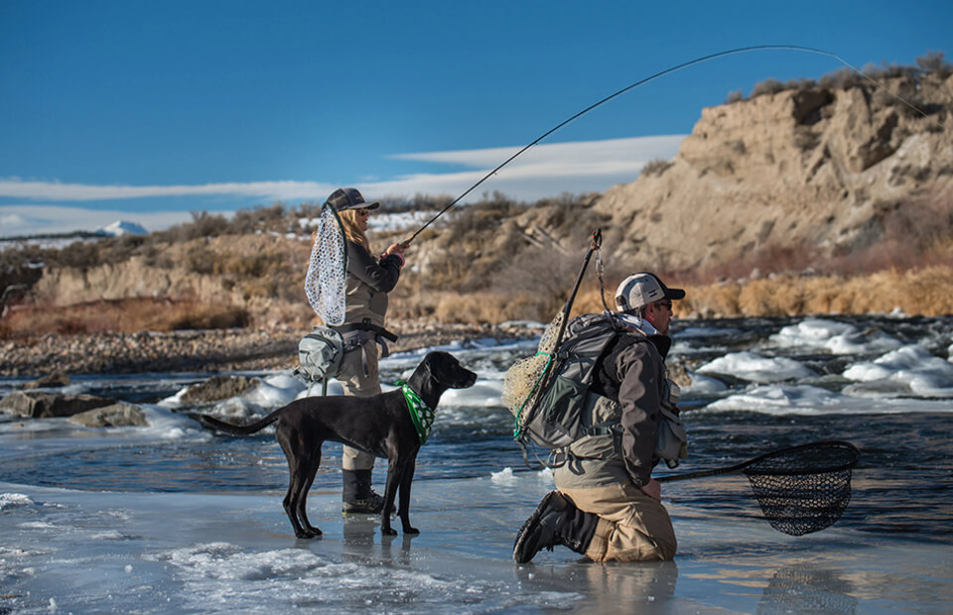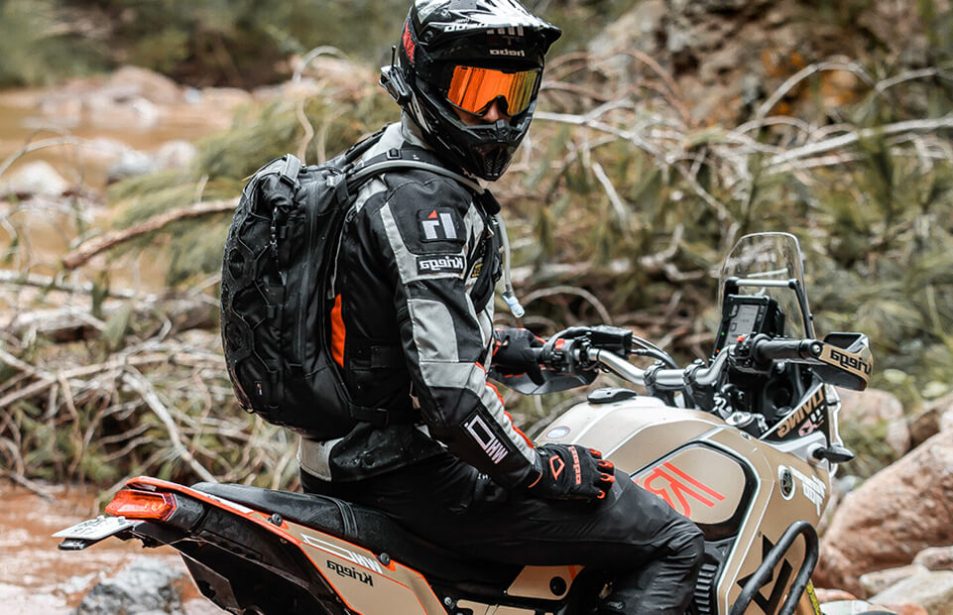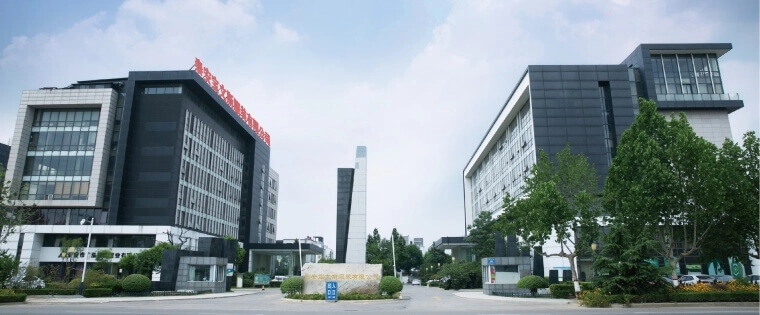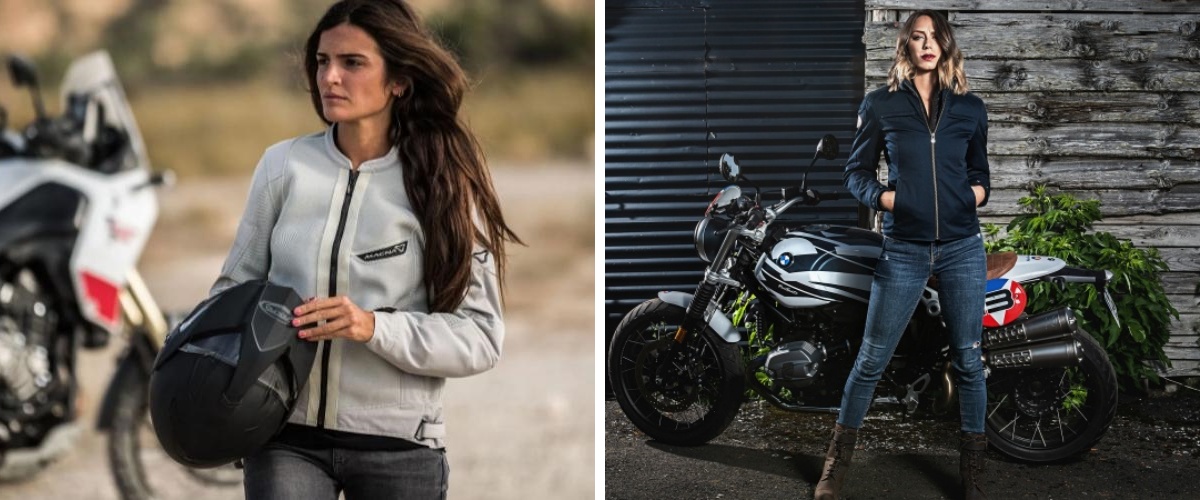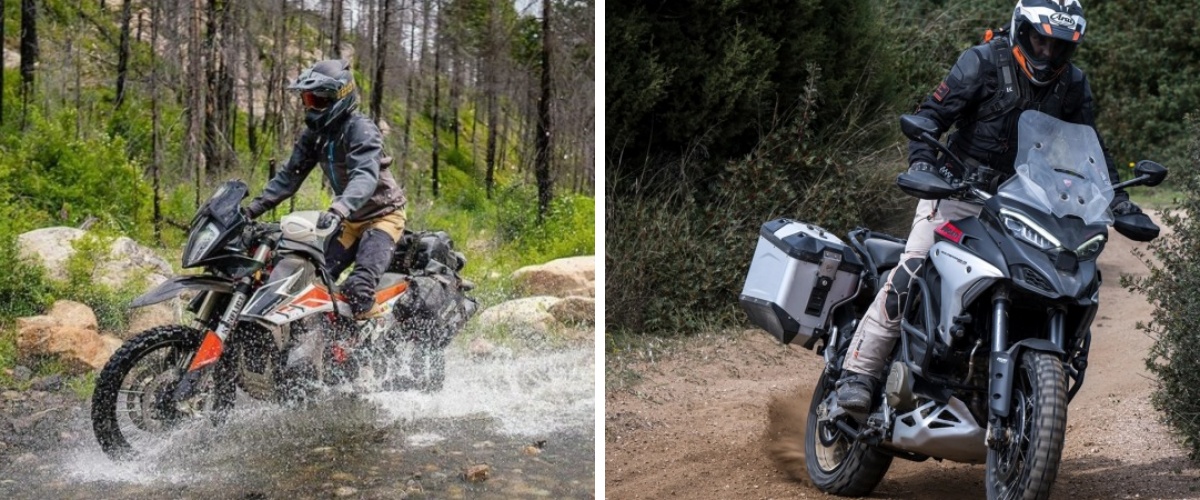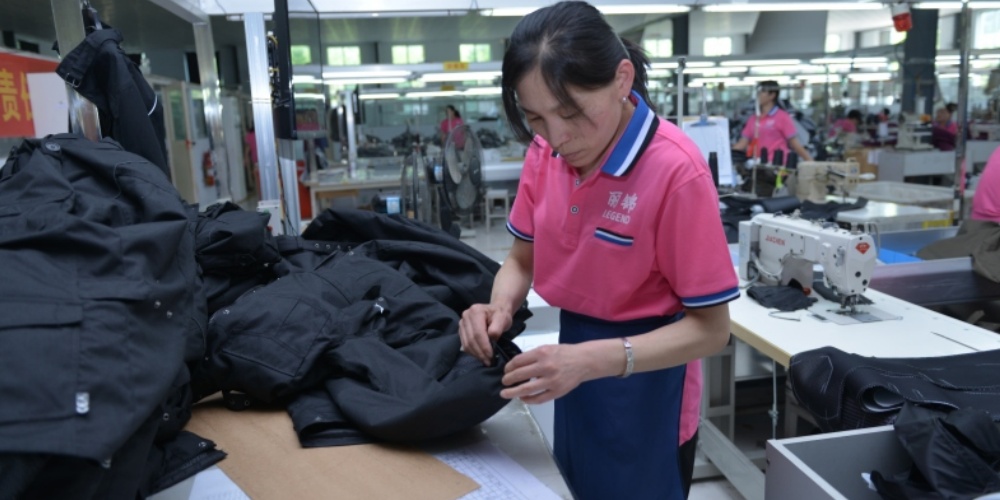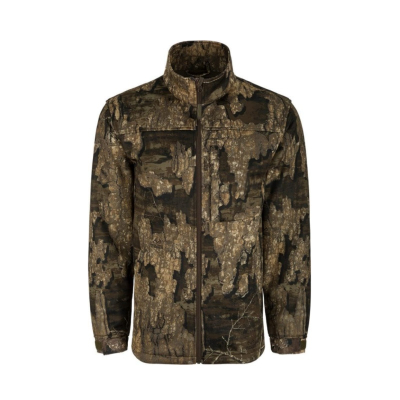What is the recommended clothing for a motorcycle?
The global motorcycle apparel market is experiencing a significant transformation, driven by rising safety awareness, technological innovation, and evolving consumer lifestyles. For international B2B buyers, distributors, and procurement managers, understanding the intricate landscape of recommended motorcycle clothing is no longer a matter of simple garment sourcing; it is a strategic endeavor that hinges on technical proficiency, market foresight, and a deep comprehension of end-user demands. High-quality gear serves as the primary interface between the rider and the elements, offering critical protection against abrasion, impact, and weather, while also meeting growing expectations for comfort and style. This article provides a comprehensive analysis of the market dynamics, technical parameters, and procurement considerations that define modern motorcycle apparel.
Global Market Overview and Data-Driven Insights
The foundation of any sound procurement strategy is a clear understanding of the market landscape. The global motorcycle clothing market has demonstrated robust growth, with market valuation projections consistently pointing upward. This growth is fueled by several key factors: a sustained increase in motorcycle sales post-pandemic, particularly in the Asia-Pacific region; stringent government regulations mandating the use of protective gear in many countries; and a paradigm shift in rider mentality where apparel is viewed as essential safety equipment rather than an optional accessory.
Recent industry analyses indicate the market is on track to exceed several billion USD by the end of the decade, with a compound annual growth rate (CAGR) of approximately 5-6%. Europe and North America currently hold dominant revenue shares, characterized by high consumer purchasing power and stringent safety standards like the European CE certification. However, the most accelerated growth is observed in emerging economies across Southeast Asia and Latin America, where urbanization and increasing disposable income are creating vast new consumer bases.
Key Trends Shaping the Future of Riding Gear
Staying ahead of market trends is crucial for B2B buyers to stock products that resonate with contemporary riders. The current trends are a blend of technology, sustainability, and changing consumer behavior.
1. The Integration of Smart Technology and Wearables
The concept of connected riding is gaining rapid traction. We are seeing a surge in demand for apparel integrated with advanced functionalities. This includes:
Built-in Airbag Systems: Once limited to professional racers, vest and jacket-integrated airbag systems are becoming more accessible. These systems use electronic sensors or mechanical tethers to deploy in milliseconds during a crash, providing critical thoracic and spine protection.
Heated and Cooled Garments: Using battery-powered systems with carbon fiber elements, heated jackets, gloves, and pants offer comfort in extreme cold. Conversely, active cooling vests are emerging for riders in hot climates.
Connectivity: Jackets with integrated Bluetooth intercoms, haptic feedback for navigation alerts, and even LED lighting systems for improved visibility are moving from niche to mainstream.
2. Advanced Material Science and Sustainability
Material innovation is at the core of product development. Beyond traditional leather and textiles, manufacturers are deploying:
Abrasion-Resistant Synthetics: Materials like Dyneema® and Aramid (Kevlar) blends offer incredible tear and abrasion resistance at a lighter weight than classic cowhide.
Phase Change Materials (PCMs) and Outlast®: These materials are incorporated into liners to actively regulate microclimates, absorbing excess body heat and releasing it when needed.
Recycled and Eco-Friendly Fabrics: There is growing pressure from end-consumers for sustainable options. This has led to the increased use of recycled polyester, organic cotton, and eco-conscious manufacturing processes for waterproof membranes and liners.
3. The Rise of Crossover and Urban-Styled Apparel
The line between dedicated motorcycle gear and casual fashion is blurring. The "urban rider" segment demands protection without the aggressive, race-track aesthetic. This has led to the popularity of jeans woven with protective aramid fibers, leather jackets with discreet armor pockets, and sneaker-style riding shoes that incorporate protective toe boxes and ankle support. This trend caters to commuters and lifestyle riders who value both safety and a seamless transition from bike to destination.
Deconstructing Technical Parameters and Product Structure
For a B2B buyer, evaluating a product goes beyond its appearance. A professional assessment requires a firm grasp of its technical construction and the standards it meets.
Understanding the Armor and Protection Matrix
The protective capability of motorcycle clothing is defined by its armor and abrasion resistance.
Abrasion Resistance: This is measured by the time a material can withstand a standardized abrasion test before failure. Leather is graded by thickness (e.g., 1.2-1.4mm is premium), while textiles are tested against CE standards (e.g., EN 17092).
Impact Protection (Armor): Protective armor is inserted at key impact zones: shoulders, elbows, knees, and back. Armor is rated under the CE EN 1621-1 standard, with Level 1 and the more protective Level 2. Modern armor is made from multi-density foams, with high-performance options being flexible at rest but rigid upon impact. Back protectors are rated under EN 1621-2, and their size and coverage are critical factors.
The Layered System: Shell, Liner, and Comfort Features
High-performance motorcycle apparel operates on a layered system:
1. Outer Shell: The first line of defense, designed for abrasion resistance and durability. It can be leather (maximum abrasion resistance), textile (versatile and comfortable), or a hybrid of both.
2. Waterproof and Breathable Membrane: Laminated to the outer shell or as a removable liner, membranes like Gore-Tex® or proprietary equivalents prevent water ingress while allowing perspiration vapor to escape.
3. Thermal Liner: A removable insulating layer for cold-weather riding.
4. Comfort and Fit Systems: Features like strategic ventilation zippers, adjustable waistbands, and pre-curved sleeves are no longer luxuries but expected standards that significantly enhance the riding experience.
International Buyer Preferences and Key Procurement Pain Points
Navigating the sourcing process requires an intimate understanding of what global buyers seek and the challenges they face.
Prevailing Buyer Preferences:
Certification Compliance: Buyers from Europe and North America prioritize CE-certified products as a non-negotiable baseline. They often seek suppliers who can provide detailed test reports from accredited laboratories.
Modularity and Versatility: Products that cater to multiple riding conditions (e.g., a 3-in-1 jacket with a removable thermal and waterproof liner) are highly favored for their inventory efficiency and sales appeal.
Strong Branding and Marketing Support: B2B buyers partner with manufacturers who offer not just products, but also marketing assets, product training, and after-sales support to help them build their brand in the local market.
Competitive MOQs and Reliable Logistics: Consistent quality, manageable Minimum Order Quantities (MOQs), and dependable shipping timelines are fundamental to a successful partnership.
Critical Procurement Pain Points:
Inconsistent Quality Control: The single greatest risk is a supplier with unreliable quality control, leading to defective products, returns, and brand reputation damage.
Communication Barriers and Cultural Gaps: Delays and misunderstandings arising from poor communication can disrupt supply chains. Suppliers with proficient English communication and a understanding of international business practices are valued.
Lack of Innovation and R&D Capability: Buyers seek partners who are proactive in design and development, not just passive manufacturers. A supplier's ability to anticipate trends and develop new products is a significant competitive advantage.
Complexity in Sizing and Fit Standardization: Sizing can vary dramatically between regions and manufacturers, making it a persistent challenge for buyers to stock the right mix for their market.
Frequently Asked Questions (FAQ) for B2B Buyers
1. What are the essential CE certification standards we should verify for motorcycle jackets and pants?
The core standard is EN 17092, which classifies garments from AAA (highest abrasion resistance) to C (lowest). For impact protectors, verify EN 1621-1 for shoulders, elbows, and knees, and EN 1621-2 for back protectors. Reputable manufacturers will have these certifications readily available.
2. How do we address the issue of sizing discrepancies between Asian and European/US markets?
Partner with a supplier that offers comprehensive and detailed size charts with precise body measurements in centimeters and inches. It is highly recommended to order sizing samples before placing a bulk order to physically verify the fit against your target market's expectations.
3. What is the typical lead time for a custom OEM order, and what factors influence it?
A standard OEM order for a new design typically has a lead time of 60-90 days. This timeline can be influenced by the complexity of the design, the availability of specific fabrics/armor, the order quantity, and the time required for prototyping and sample approval.
4. Can you provide technical data sheets and test reports for the advanced materials used, such as Dyneema or proprietary waterproof membranes?
Yes, any professional and technically competent manufacturer should be able to provide detailed Technical Data Sheets (TDS) and, upon request, summary reports from third-party testing laboratories that validate the performance claims of their materials and finished products.

